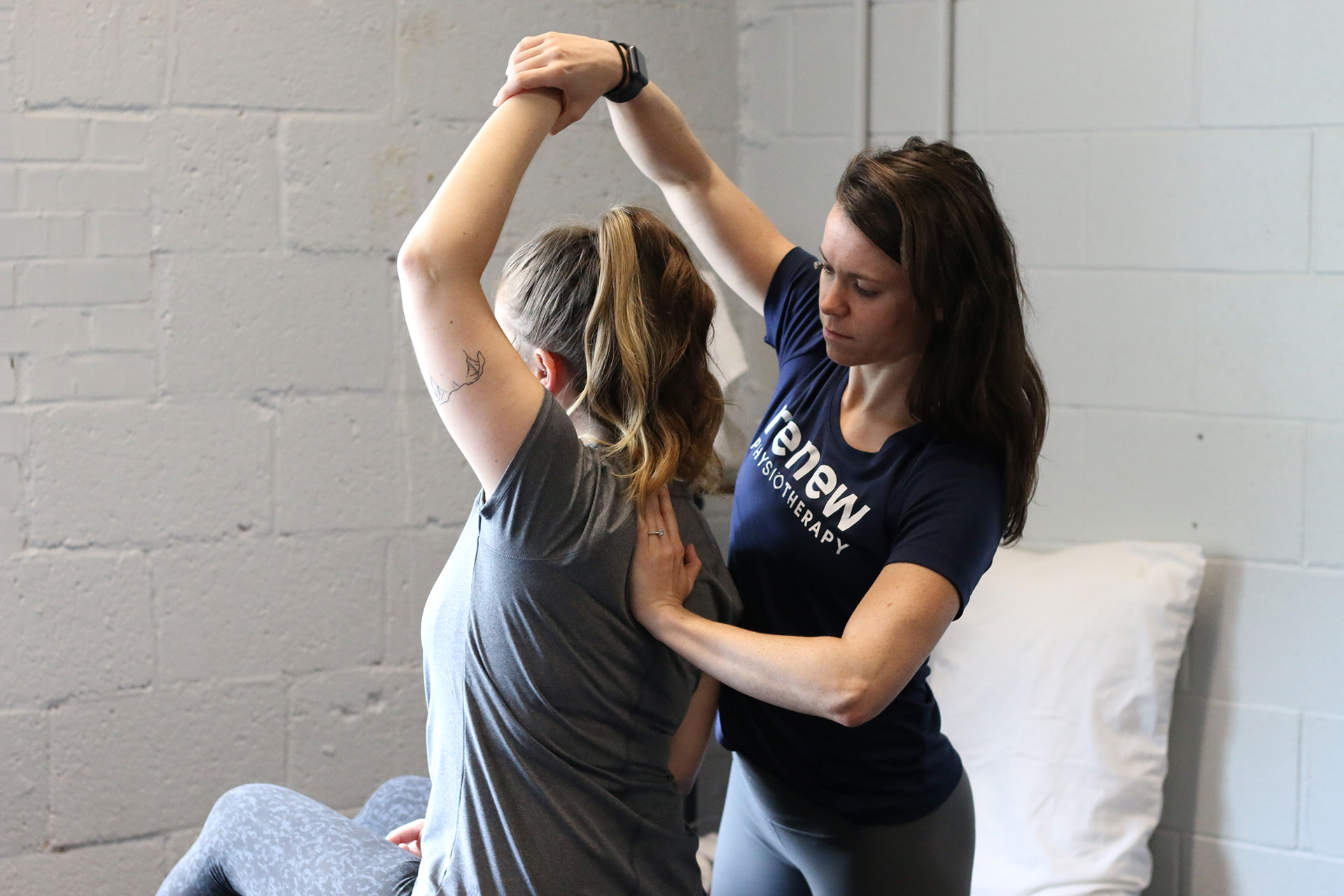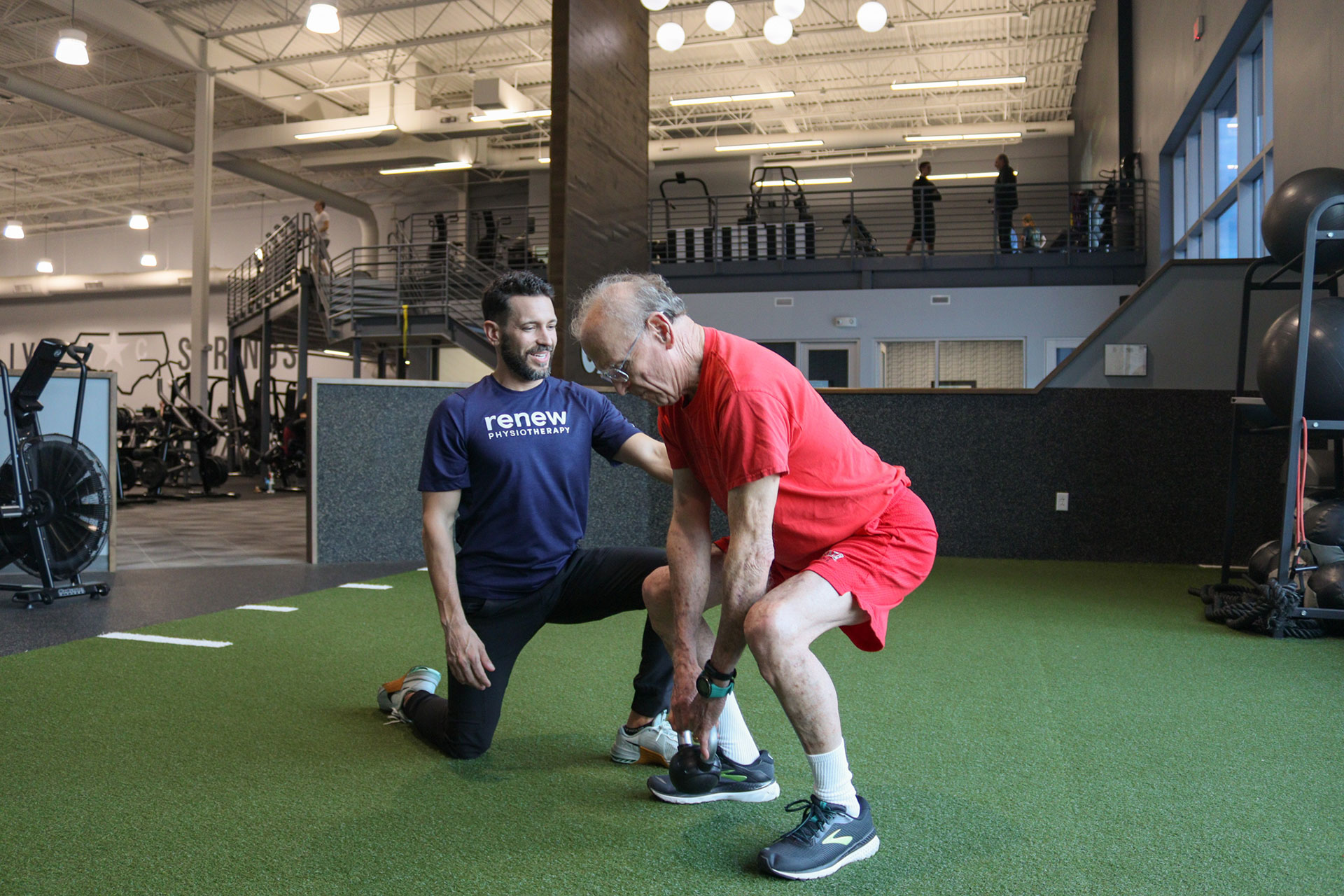Let’s face it, we all spend far too much time sitting on a daily basis. From working on the computer to driving and traveling, or just scrolling on social media before bed. We are all guilty of it and more often than not, our seated posture isn’t the prettiest. Now, posture isn’t necessarily good or bad, but maintaining any position for an extended period of time can add up over the years.
Prolonged seated positioning puts your spine in a lot of static flexion, creates excessive pressure or stiffness in joints like your hips and shoulders, and can contribute to imbalances in muscle groups, which can cause significant musculoskeletal problems over time. Along with these physical issues, prolonged sitting can contribute to difficulty breathing and increased abdominal pressure that may affect bodily functions down the road.
In the physical therapy world, we like to emphasize the importance of preventing injuries down the road and keeping your body as mobile as possible. Here are some of our favorite ways to counteract the effects of prolonged sitting.
- Incorporate stretches and mobility drills that extend and rotate your cervical, thoracic, and lumbar spine. Some of our favorites include: cobra pose, lower trunk rotations, cat-camel, thread the needle on all fours, open book stretch, cervical SNAGs, cervical retractions and extension.
- Take your hips and shoulders through full, comfortable ranges of motion in all directions. Hip and shoulder-controlled articular rotations (CARs) and bird dog are a few favorites!
- Strengthen muscles that support your trunk. A good area to start would include the abdominals, trapezius, rhomboids, obliques, paraspinals, and lumbar extensors. Activities that are great include plank variations, exercises while seated on a physio ball, pallof press, rows, and many more.
- Stretch out the areas that tend to get stiff or shortened. Gentle stretching of the pectorals, hip flexors, hamstrings, abdominals, and cervical stabilizers, are important to loosen up your body after sitting for long periods of time. See our top 4 lower body stretches here.
- Breathe. Your diaphragm is an important “core” muscle that assists in trunk stability, decreases tension in the body, and improves parasympathetic nervous system function (rest and digest system).
- Check your setup. While sitting at a desk, have your screen at or near eye level, keep shoulders relaxed, hands at a comfortable height, and proper lumbar support (rolled up towel works great). Don't let your head and neck get too close to the screen, and make sure your feet are flat on the floor or supported.
- Get up and walk! Try to take frequent walking breaks, shoot for every 30-60 minutes and incorporate a couple of mobility exercises during these breaks.
Give these a try throughout your day at the office, or save them for the long, holiday travel days ahead. There's no better time to prioritize your health and wellness! Click here to claim a complimentary screening by a licensed Doctor of Physical Therapy at any Renew Wellness location!










